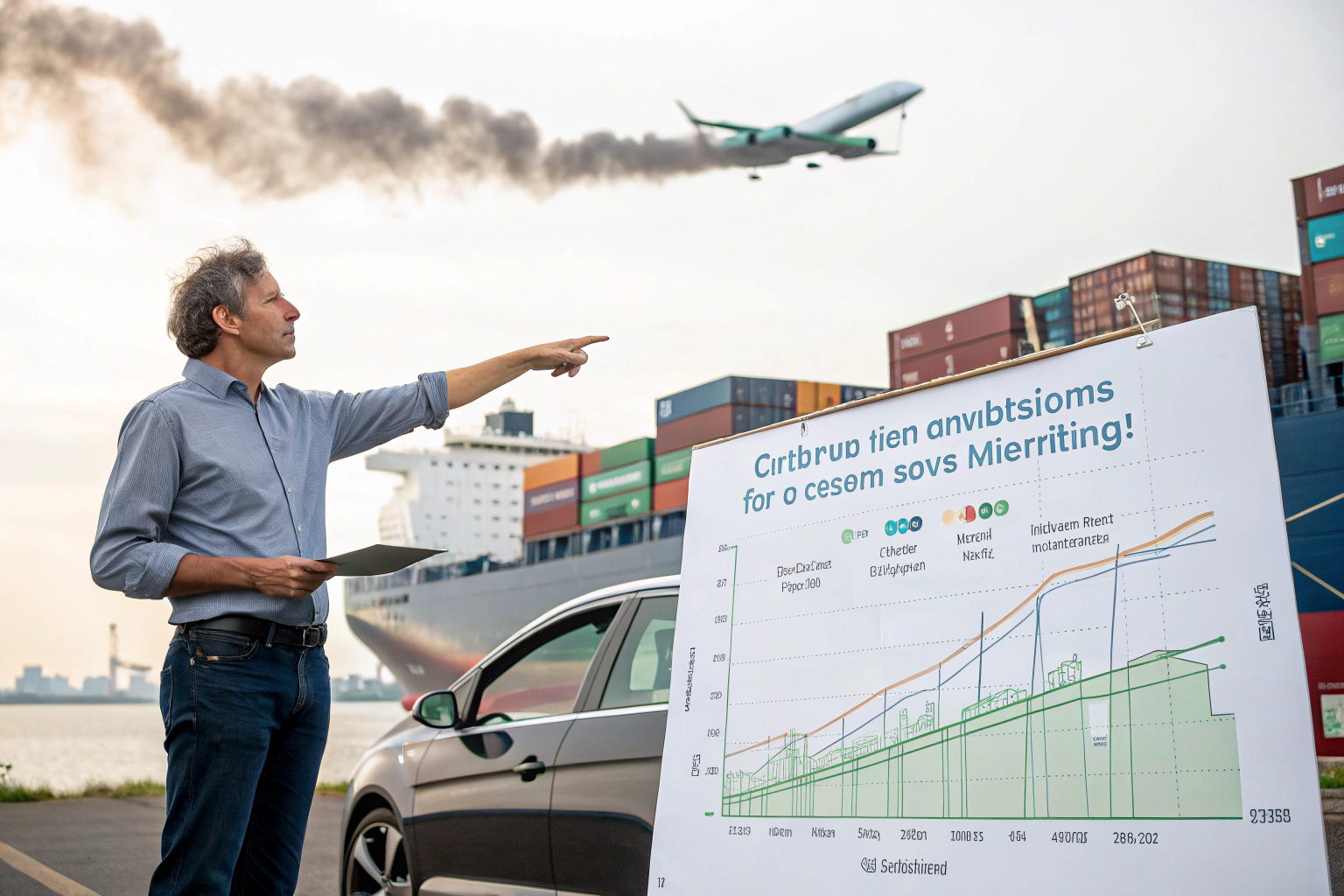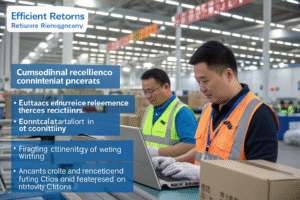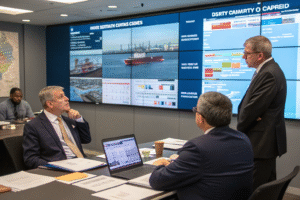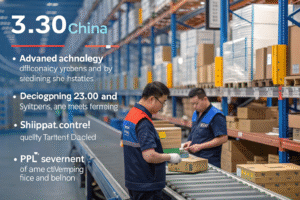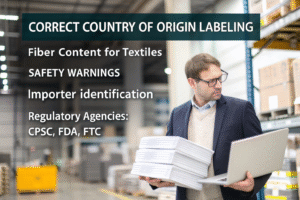When we calculated the carbon footprint of a client's China-to-Chicago shipment last quarter, the results surprised everyone—their single container generated 2.8 tons of CO2, equivalent to driving a car for seven months. As founder of GeeseCargo, I've learned that environmental impact isn't just a ethical concern; it's becoming a competitive differentiator and cost factor. Understanding your shipment's environmental footprint is the first step toward meaningful reduction.
International shipping generates 2-3% of global CO2 emissions, with a single container shipment from China to the US producing 1.8-3.2 tons of CO2 depending on route and vessel efficiency. Air freight emits 40-50 times more carbon than sea freight per ton-mile, while transportation mode choices, vessel efficiency, and routing optimization significantly impact your total environmental footprint.
The environmental impact extends beyond carbon emissions to include air pollutants, water contamination, and ecosystem disruption. However, numerous strategies exist to measure, reduce, and offset these impacts while often simultaneously lowering costs and improving supply chain resilience.
How Do Different Transportation Modes Compare Environmentally?
Choosing between air, ocean, and land transportation represents your most significant environmental decision. Each mode carries distinct emissions profiles and ecological impacts that vary by distance and cargo characteristics.
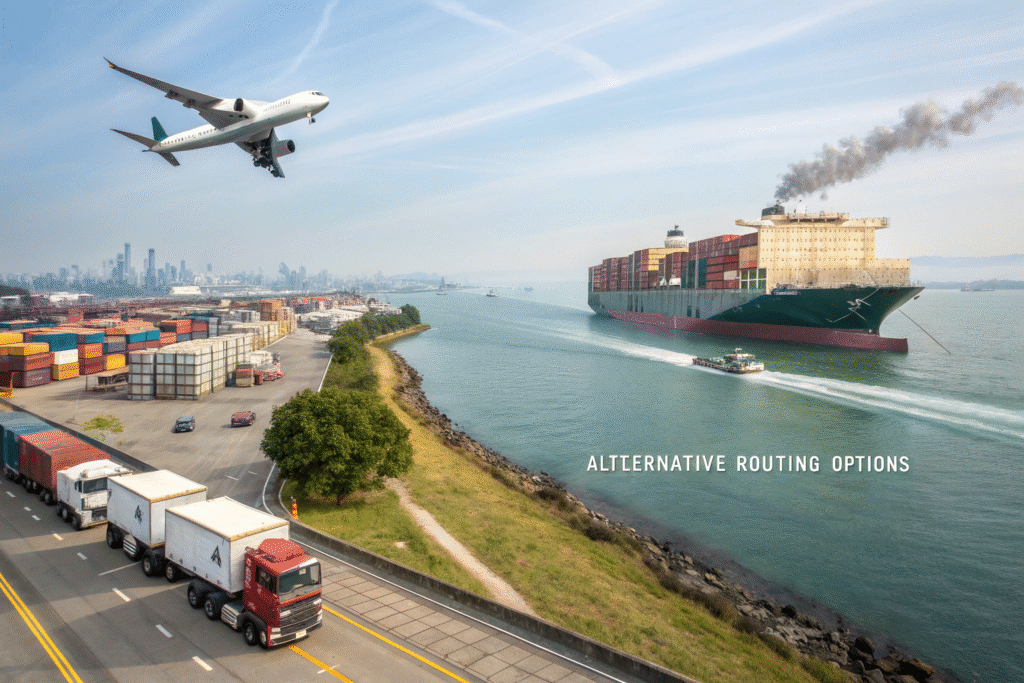
What Is the Carbon Footprint of Ocean Freight?
Container ships typically emit 10-40 grams of CO2 per ton-kilometer, making them the most carbon-efficient mode for international transport. However, their massive scale means the shipping industry collectively emits approximately 1 billion tons of CO2 annually—more than most countries.
Vessel efficiency creates dramatic differences within ocean shipping. Modern eco-ships consume 30-50% less fuel than decade-old vessels through improved hull designs, engine efficiency, and energy recovery systems. A 20,000 TEU vessel might emit 3-4 grams of CO2 per ton-kilometer versus 15-20 grams for smaller, older ships.
Slow steaming reduces fuel consumption exponentially—reducing speed by 10% typically cuts fuel use by 20-30%. Many carriers have implemented strategic slow steaming, adding 2-4 days to transit times but reducing emissions by thousands of tons per voyage.
How Significant Are Air Freight Emissions?
Air cargo generates 500-1,000 grams of CO2 per ton-kilometer—50 times more than sea freight. Beyond CO2, aircraft emit nitrogen oxides, contrails, and other pollutants at high altitudes where their climate impact is magnified 2-4 times.
The emissions intensity varies significantly by aircraft type and load factor. Modern freighters like Boeing 777F emit 30-40% less than older 747-400 models. Load factor dramatically impacts per-kg emissions, with half-full aircraft emitting nearly double per kilogram of cargo.
For time-sensitive shipments, balanced approaches combining sea-air logistics or prioritizing direct flights over routing through hubs can reduce emissions 20-40% while maintaining acceptable transit times.
What Factors Within Ocean Shipping Affect Environmental Impact?
Beyond the basic choice of ocean over air, numerous operational factors significantly influence your shipment's environmental footprint. Understanding these variables enables targeted reduction strategies.
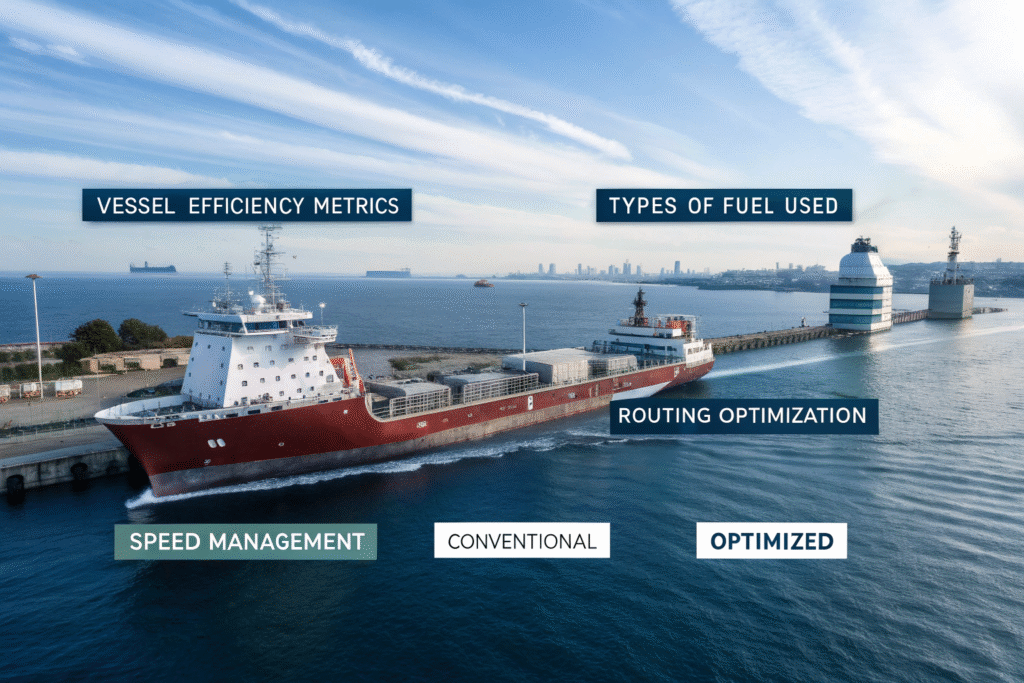
How Does Vessel Selection Impact Emissions?
Vessel age and design create 200-300% efficiency differences. Ships built before 2010 typically lack energy-efficient technologies like optimized hull coatings, waste heat recovery, and advanced propeller designs that reduce fuel consumption 15-25%.
Engine technology and fuel type dramatically affect both emissions and air pollutants. Traditional heavy fuel oil generates high sulfur and particulate emissions, while newer very low sulfur fuels and liquefied natural gas (LNG) reduce certain pollutants by 80-99%.
Vessel size influences efficiency through economies of scale. Ultra-large container vessels (ULCVs) can transport containers 30-40% more efficiently than smaller feeder vessels, though this advantage diminishes on routes requiring transshipment through hubs.
What Operational Practices Reduce Environmental Impact?
Route optimization avoiding adverse currents and weather can reduce fuel consumption 5-15%. Advanced weather routing systems analyze real-time conditions to identify the most fuel-efficient paths while maintaining schedules.
Port efficiency significantly impacts emissions from auxiliary engines and truck idling. Vessels waiting at anchor for berths consume substantial fuel—the 2021 port congestion generated approximately 20 million tons of excess CO2 emissions.
Intermodal coordination reducing truck wait times at terminals cuts local emissions. Well-organized port operations with extended gate hours and appointment systems reduce truck idling and associated emissions 60-80%.
How Can You Measure and Reduce Your Shipping Carbon Footprint?
Accurate measurement enables targeted reduction strategies. Multiple frameworks and tools exist to calculate and manage your logistics carbon emissions.
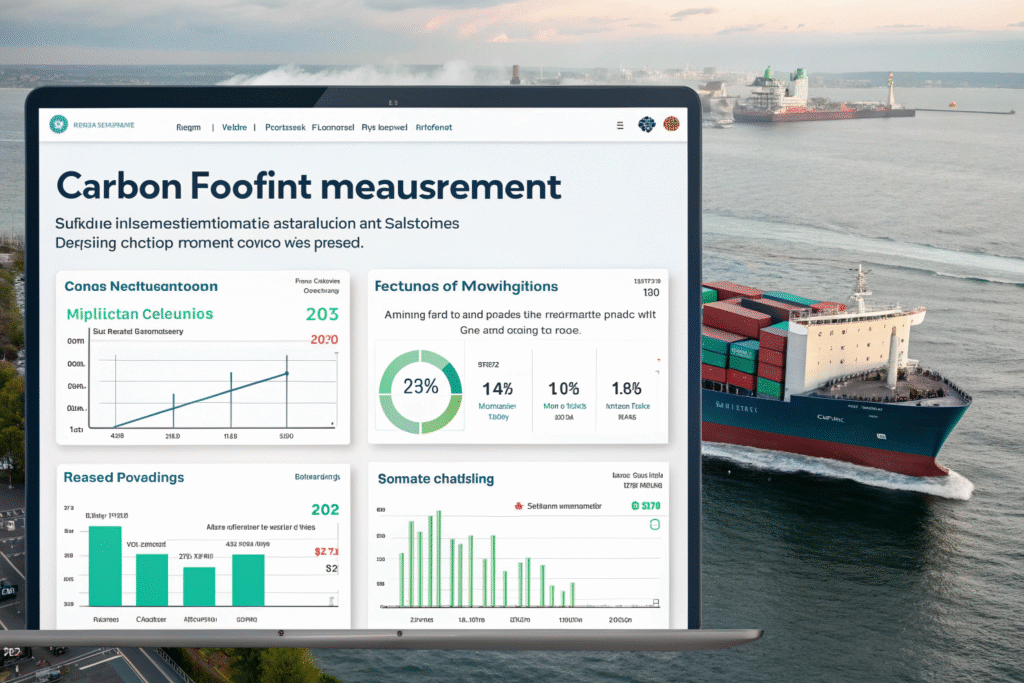
What Carbon Calculation Methodologies Are Available?
The Clean Cargo Working Group provides standardized emission factors widely used by major carriers and forwarders. Their methodology calculates CO2 per container per kilometer based on vessel-specific data, creating consistent comparisons across providers.
The GLEC (Global Logistics Emissions Council) Framework offers comprehensive methodology covering all transport modes. This holistic approach enables true end-to-end carbon accounting from factory to final destination.
Carrier-specific calculation tools vary in accuracy and transparency. Leading carriers now provide detailed carbon calculators using actual vessel performance data, while others use industry averages that may not reflect specific service efficiencies.
What Reduction Strategies Deliver the Greatest Impact?
Consolidation and load optimization typically reduce emissions 15-30% by improving utilization. Shipping full containers rather than LCL and optimizing container selection to match cargo volume significantly reduces per-unit emissions.
Route and mode optimization can cut emissions 20-40% without compromising delivery times. Analyzing total transit emissions rather than just ocean legs often reveals opportunities to shift portions of routes to more efficient modes.
Carrier selection based on environmental performance is increasingly feasible as major lines publish sustainability reports. The performance spread between the most and least efficient carriers on the same route can reach 50-70%.
What Green Technologies and Initiatives Are Transforming Shipping?
The shipping industry is undergoing its most significant environmental transformation in decades, with new technologies and regulations fundamentally changing its environmental impact.
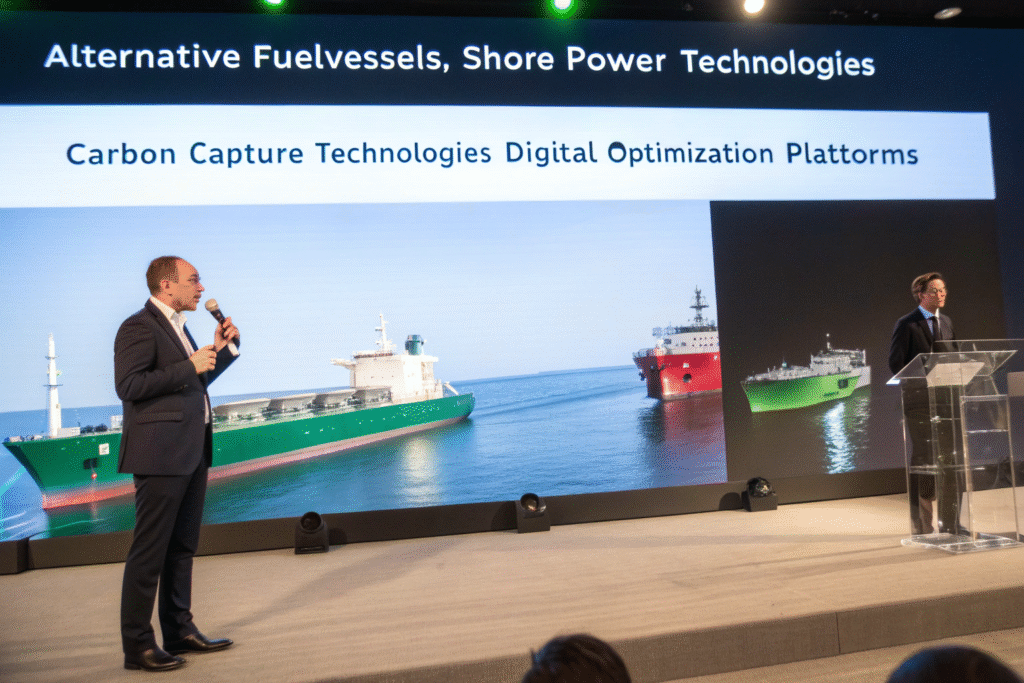
What Alternative Fuels Are Becoming Available?
Liquefied Natural Gas (LNG) reduces CO2 emissions 20-25% and virtually eliminates sulfur and particulate matter. Over 200 LNG-powered vessels are already operating, with hundreds more on order. The main challenges include methane slip and infrastructure availability.
Biofuels from sustainable sources can reduce lifecycle emissions 80-90% compared to conventional fuels. Several carriers now offer biofuel options, typically at 20-40% premium, with availability increasing rapidly.
Green hydrogen and ammonia represent the long-term zero-emission solution but face significant infrastructure and cost challenges. Pilot projects are underway, with commercial scale unlikely before 2030 for deep-sea shipping.
How Are Digital Technologies Reducing Environmental Impact?
AI-powered optimization platforms analyze countless variables to identify the most efficient routing, speed, and vessel deployment strategies. These systems typically achieve 5-15% fuel savings without infrastructure investment.
Blockchain-enabled transparency creates accurate, tamper-proof environmental reporting. This technology supports carbon tracking across complex supply chains and verifies sustainability claims.
IoT sensors provide real-time emissions monitoring and fuel consumption data. This granular information enables micro-optimizations and validates reduction initiatives with precise measurement.
Conclusion
Understanding and reducing your international shipping environmental impact is no longer optional—it's a business imperative driven by customer expectations, regulatory requirements, and increasingly, economic advantages. The most forward-thinking companies are transforming their environmental strategies from compliance obligations to competitive differentiators.
At GeeseCargo, we've helped clients reduce their shipping emissions by 25-40% while often simultaneously lowering costs through optimized operations. The journey begins with accurate measurement, proceeds through targeted reduction strategies, and culminates in sustainable logistics that benefit both the environment and your bottom line.
Start by calculating your current shipping carbon footprint using standardized methodologies. Then identify your highest-impact reduction opportunities, beginning with mode optimization, carrier selection, and consolidation strategies. Remember that environmental excellence in logistics isn't about perfection—it's about continuous, measurable improvement that creates value for your business and the planet.
